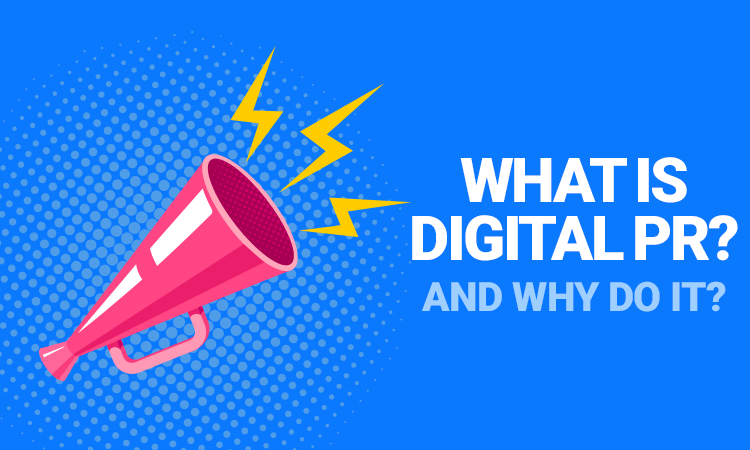
Marketers and SEOs can often be found bickering in the debate over what’s best for growing your business-PPC or content marketing. Most businesses often choose, either PPC if they want to pay for aiming a highly qualified audience or Content Marketing to optimize the relevant content and target the demographic through unpaid channels.
But as content development and digital marketing firm, at Contentsia we have realized that these two don’t have to be distinct strategies. Content marketing, as well as paid channels like Google and Facebook Ads, can work together to give a more effective result that using either one of them.
In this discussion, we are about to pay a closer look at how content advertising can be used in a high-ROI and cost-effective campaign.
What Is Content Marketing?
Before we begin, you need to have a clear understanding of what content marketing truly is. Many businesses think that setting up a blog and posting content regularly is what content marketing is all about.
It’s a disguising take on content marketing that can lead you towards a path of wasted time and money. The objective of creating any piece of content is to get in front of the right eyes, otherwise it is not beneficial. With no understanding of marketing channels or with no subscription base, even the most valuable content can lay stagnant.
To make valuable content truly invaluable you need to implement a variety of strategies. The best we know of is the SEO strategy that optimizes a blog post for keywords and backlinks that promises more views. Another is email marketing but irrespective to how many email lists you have your hands on, without quality content you won’t get the clicks that justify the continued use of the channel.
On social media, you can forget about engagement if your content is even weak by the slightest.
So, content marketing is a two-part process,
CREATE VALUABLE CONTENT + HAVE CHANNELS TO DELIVER VALUABLE CONTENT TO RIGHT READERS.
Limitations of unpaid media: Content Marketing and Ads
Building organic and unpaid channels takes time. But what do you do until these channels start delivering effective results?
For small scale businesses competing with the big boys on the internet, relying alone on SEO, email marketing and organic social media won’t be enough to give such brands a run for their money. Many businesses fail to reach the target with email campaigns because they don’t have the worthwhile email addresses or their social media posts can reach the warmer groups but not able to penetrate the colder parts organically.
Such reasons make it necessary to start pushing for paid channels.
Now, here’s what gets tricky and often leads to a disaster.
Often than not, marketers when switching from content marketing to paid advertising de-emphasize on the importance of valuable, high performing content. They expect that adding money to the mix will make even thin content to work. No wonder, such marketers are up for a surprise.
Content is most important in paid advertising and Vice Versa
Let’s take a scenario where you are running a Facebook ads campaign to sell a product. You do everything to target the right audience-choose the right location, narrow it to best-matching age group and gender, but you bail on creating a great piece of content to fuel the ads.
What will happen?
Due to refined targeting, your CPC or cost-per-click will be high but the ad engagement will be minimal. Simply put, it will be a total waste of money.
This is true for Google Ads as well. Without valuable content at the core of the ads, there is a slim chance that you will get any new leads or sell products.
So, what we have established so far?
Content can be limited without paid channels however the approach of paid channels won’t help either without a great piece of content.
The answer lies in leveraging both effectively.

How to Mix Paid Ads and Content Marketing
By now we have understood that the roadblocks that arise due to content marketing and paid ads campaign when implemented individually can be overcome by leveraging both the methods together, still, it can be difficult to get started.
It can be tricky to find out which method to implement first.
Just like most marketers, Contentsia also agrees that great content comes first. You need to work on the strongest content and then work on ads. Here are some tips to identify the valuable content to be used for content advertising.
Identify ideal content based on the chosen paid channel
There needs to be a harmony between the content you create and the way it is distributed. According to Andy Mura, the head of marketing at Userlane, “when it comes to paid promotion for top-of-the-funnel content, the first — and highly important — step is to identify the kind of content that will yield the best results.”
This type of content is touted by marketing guru Larry Kim as the “unicorn content”. This is the content that easily ranks high, has unmatched engagement on social channels, and outperforms relevant KPIs.
How to find out this rare type of piece?
Look to the Past
If you have been doing content marketing for a while you must have the data on the results delivered by the past campaigns. Use the traffic, click-through rates, and other data to identify high-performing content to promote through paid channels.
That being said, do not assume something that worked in the past will simply work in the future too. You need to refresh the old content for the new purpose.
To do this:
Consider the “How”, Not Just the “What”
The risk of choosing the wrong content for a paid channel is low engagement and poor ROI. Think about a Google Ad campaign that you run to break into a new market, but the content you use is the same that is already working fine with the current customers. Such content will have a hard time to break into the cold leads that you want to target and can be a waste of money.
This is why you need to refresh content so it is relevant for the present and target audience.
Conversions are a direct result of Content + Retargeting
Are you aware of the concept of the funnel?
In marketing, the people at the top of the funnel know almost nothing about a brand and the those at the bottom of the funnel are the ones making a purchase.

You can effectively push prospect customers along the funnel with first promoting the broadly relevant content and then tracking the ‘hand-raisers’. These are the people who are going to be more receptive to receiving narrower, “mid-funnel” content in the near future.
Both Google and Facebook ads provide you with an easy way to track this timeline. Just build an ad campaign and promote the content to the coldest leads, people who have never heard of your brand before. With tracking tools like Facebook pixel, you can build a list of users who are farther down the funnel, and thus are more likely to convert.
Combing paid ads with content can be mutually beneficial
Great content backing paid advertising drive leads for your business, but there are additional benefits too. The symbiotic relationship between the content marketing and PPC gets you the new leads, but even if doesn’t, it gets you readers who are looking for answers and this results in high SEO benefits ultimately pushing you at the top of the search results page.
Hence, you must work on the content first before injecting ad money into the process. Focus on figuring out what your audience needs, identify the relevant topics and finally decide a content creation process before you blend content marketing and advertising.



